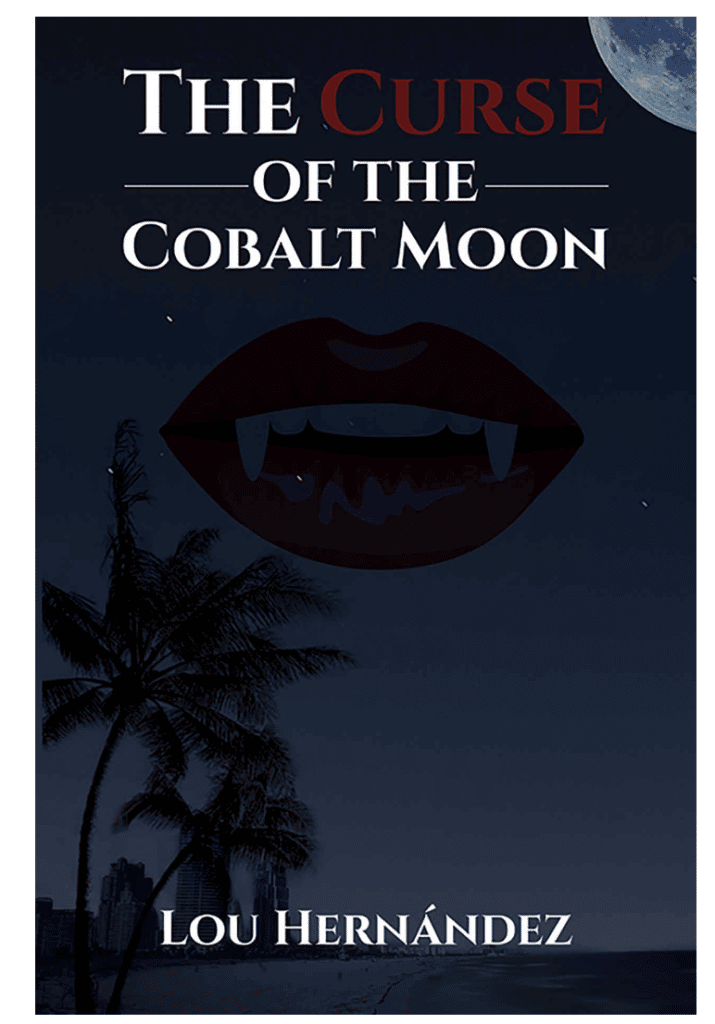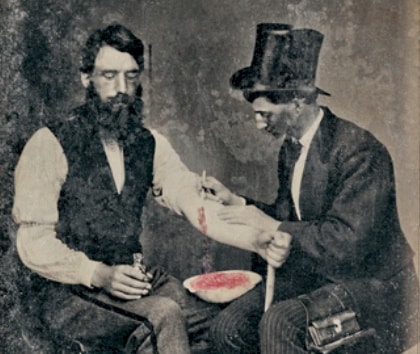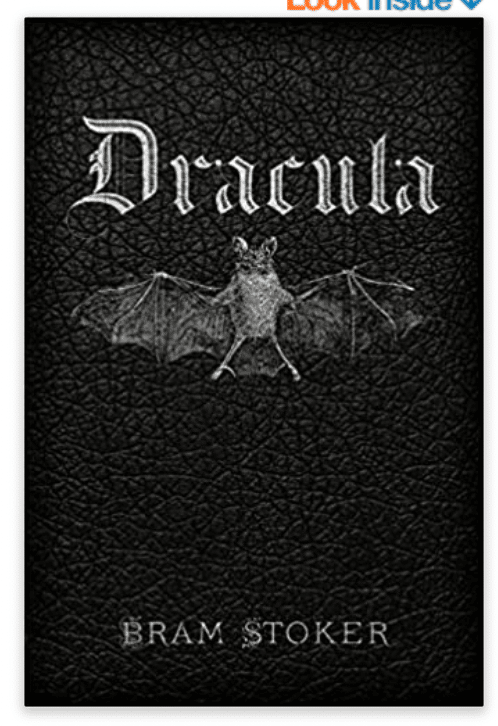Casting a Vote
“Every time you spend money, you’re casting a vote for the kind of world you want.”
Environmentalist Anna Lappe
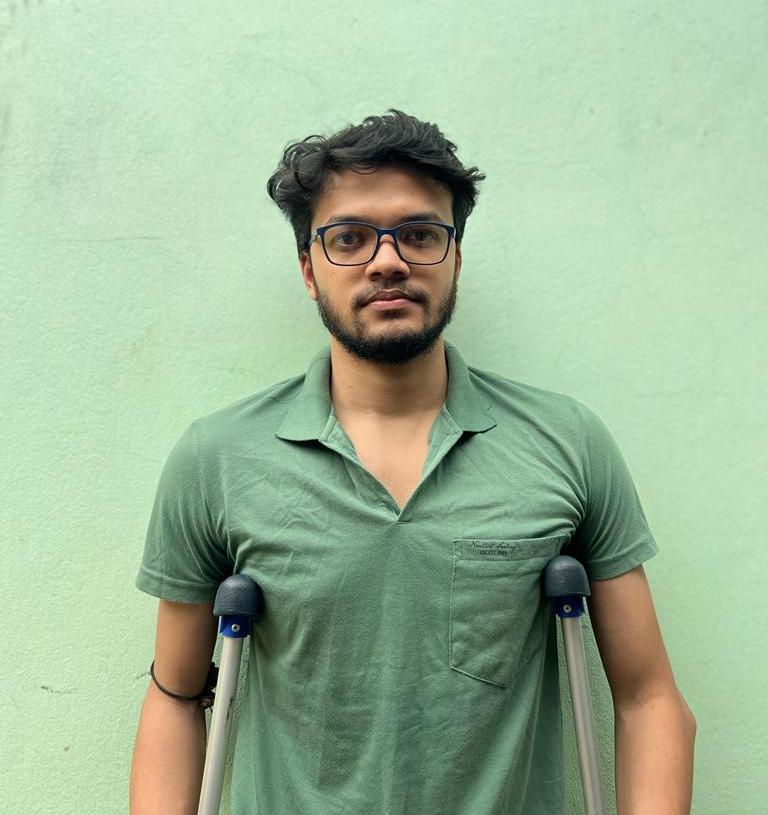
It’s voting season here in the US, and this quote above comes to mind, but not about our politicians or economy. My friend and colleague Usha, from India, from time to time alerts me to people in dire need of help. Not just charity, but a way to give that makes a long-term impact. Like buying a prosthetic for a person with hemophilia so they can regain their dignity and livelihood. I’m totally on board with that. Consider this call for help she shared:
“I’m Pritam Rudra Paul, from Agartala, Tripura, India. I’m 28 years old, and have severe hemophilia B.
I was diagnosed with hemophilia in my early childhood. But due to wrong treatment and unavailability of free factors, I was unable to continue my treatment. As a result of repeated bleeding in my joints, both my knees were damaged, and I was unable to walk. Somehow from home I continued my studies as I was unable to attend school.
“In 2007, I went through a very hard time. I visited Christian Medical Center (CMC) in Vellore, India for a severe bleed and the doctor advised an operation. I requested help from many organizations, societies, HFI and doctors from Vellore. Finally I was able to continue my treatment and had my operation in 2009. I was finally able to walk properly!
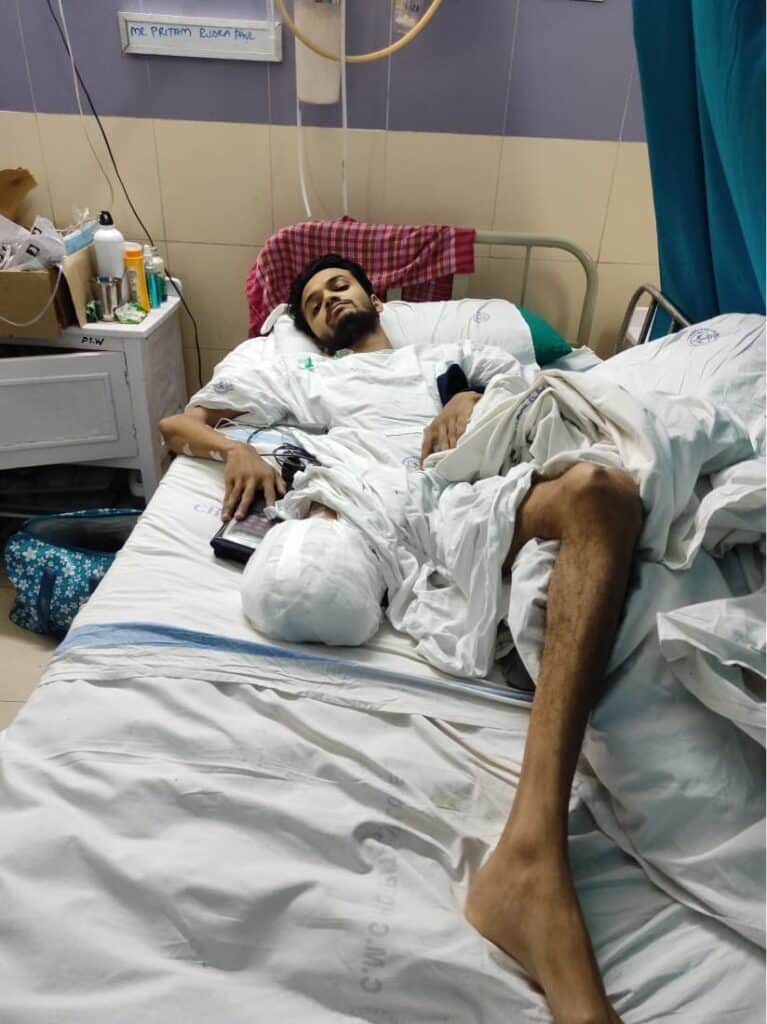

“Life went on. I completed my graduation from college, and joined in a private firm, earning my own money. This is important because I come from a poor family. My father owns a very small business, selling fast food in a thela (cart). My mother is a housewife, and I have also a sister who is also studying in college. Our income puts us below the poverty line.
“Then, on November 21, 2021 I was married! But the day before that occasion, I got a serious muscle bleed in my right leg. It was hurting tremendously. I had infused many shots of factors, but the situation was going worst day by day. I went back to Vellore on December 10, 2021. After a check up they told me to go for another operation as an infection was already spreading all over the leg. The medical team tried their best to save my leg, but unfortunately couldn’t save it. My life was at risk due to the infection. On December 24, 2021, my leg was removed.
“The worst part was the finances. Several times I had to go to Vellore. This required money for traveling, the operation cost, and medicine. it was near about $8,000 US, and we earn less than $3 a day. In total, my family and my wife’s savings have been spent. I had to borrow money from my friends and relatives to pay for my treatment. During this time, I lost my job too. I must now look for another.”
Pritam Rudra Paul is an impressive young man by all accounts. No self-pity, always including his family in his concerns, and I agreed to help. And now? He has a beautiful new leg and is walking again! Check out the photos and videos. This is the kind of voting I like best.
Pritam emailed me yesterday and said, “I’m very confident by walking with this. I hope I will return soon to my normal life again. Thank you for your support and blessing. We are always thankful to you and Usha.”



